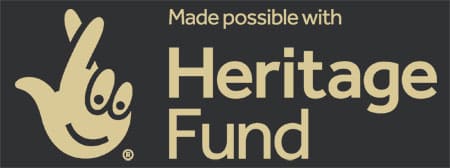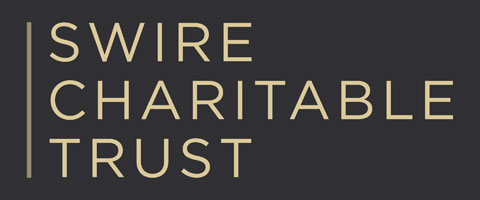Medals are two-sided, small-scale sculptural objects, often made from cast metal, and available as an edition. Medal making falls into production medal making for regalia and ceremonial use on the one hand and art medal making on the other.
Medals as an art form originated in the late Renaissance period in Italy. The characterisation of the medal as an art form as we consider it now, is attributed to Pisanello, an Italian painter and medallist of the fifteenth century.
Most medals will portray a relationship between the obverse and reverse, and can also include detail around the edge. Medals are usually hand-held and therefore tactile. They can address political, social or historical issues, and depict text, abstract forms or figurative imagery, including portraiture. Contemporary medal-makers have questioned what defines a medal, experimenting with alternative materials, scale, and the use of modern technology.






